C H A P T E R 13
|
Modern,
Post Modern
|
|
PLURALISTIC
ART |
|
M O
D E R N I S M |
|
PRESENTATION |
guide
|
|
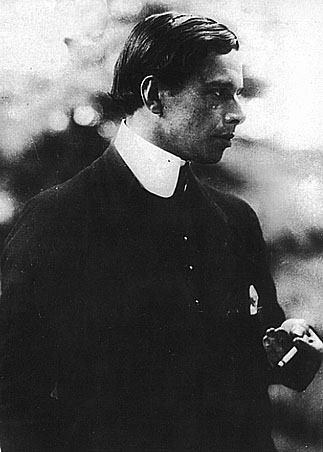 |
|
The Bridge
Ernst Ludwig Kirchner
(1880 - 1938)
He was the founder of the The Bridge. They laid the foundation of
Expressionism.
Kirchner volunteered in World War I, had a
breakdown, and was discharged. The Nazis banned
his work, and over 600
paintings were destroyed.
He committed suicide in 1938. |
|
The Bridge (Die Brücke) movement
began in Dresden Germany in 1905. It
was inspired by primitive art. Their
figures are crude, and their colors
are garish.
The key members were: Fritz Bleyl
(1880–1966), Erich Heckel
(1883–1970), Ernst Ludwig Kirchner
(1880–1938), and Karl Schmidt-Rottluff
(1884–1976).
|
|
E X P R E S S I O N I S M
|
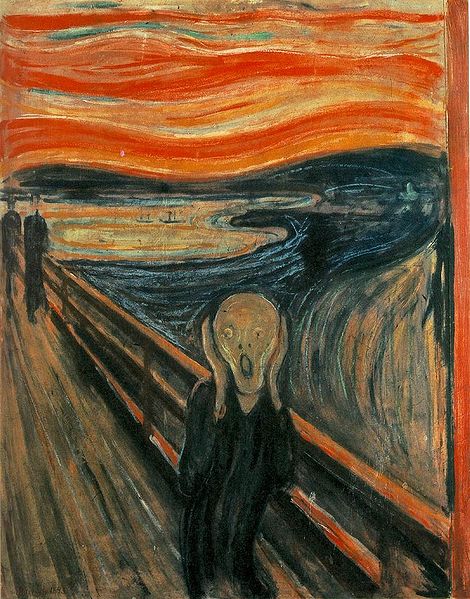 |
|
The
Scream by Edvard Munch (1893)
|
|
Franz Marc (1880–1916) was a German
painter and printmaker. He was one of the key figures of the
German Expressionist movement.
|
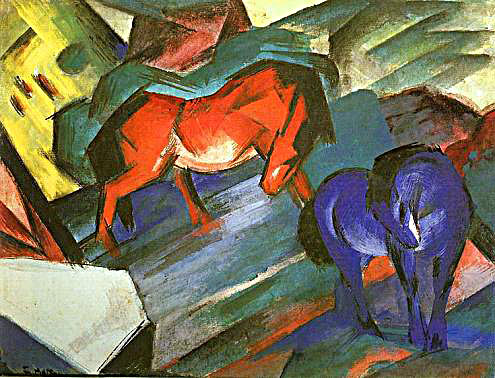
Franz Marc - Red and Blue Horses, 1912, tempera on paper
View
Gallery
|

The Dream
|

Komposition III (1914) |

Kleine Komposition (II) (Haus mit Bäumen) (1914)
|

Horse in a Landscape (1910) |

Blaues Pferd I (1911) |
The
Little Blue Horses (1911) |

Liegender Hund im Schnee (1910-1911) |
The
Bull (1911) |
Cows,
Yellow-Red-Green (1912) |
|
Rote
Rehe II (1912) |
|
Blue-Black Fox (1911) |
|
|
F A U V I S M
|
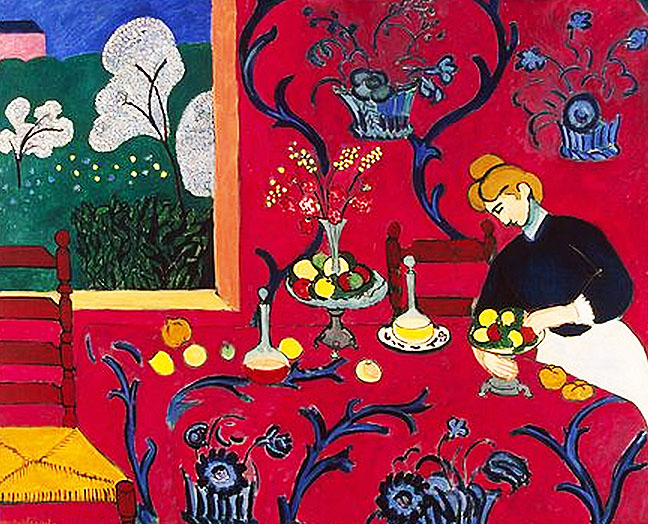 |
|
Henri Matisse
video
1
|
2
Henri Matisse
(1869 – 1954) was a French artist, draughtsman,
printmaker, and sculptor. Matisse is regarded, along
with Picasso and Marcel Duchamp, as one of the most
original and influential artists of the 20th
century.
The Chapel of the
Rosary was built and decorated by Henri Matisse for
the Dominican sisters - in the town of Vence
on the French Riviera. It was regarded by Matisse as
his masterpiece. Although it is controversial, many
regard it as one of the great religious structures
of the 20th century.
View Video
|
|
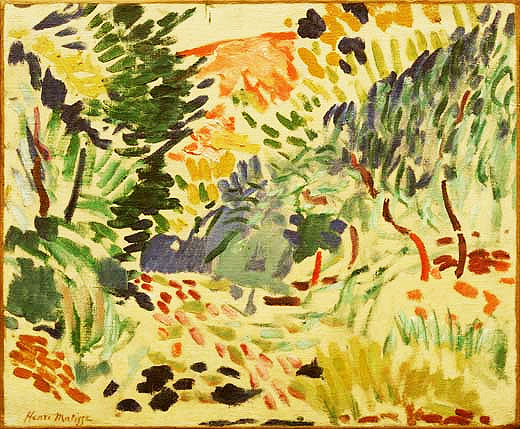 |
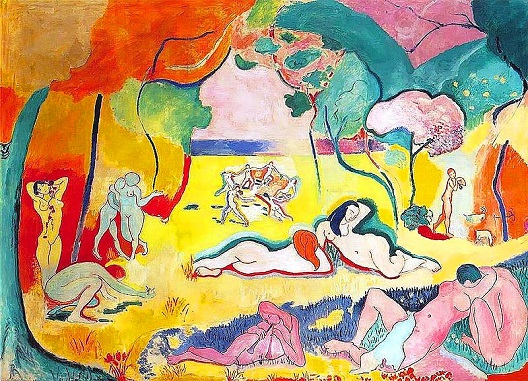 |
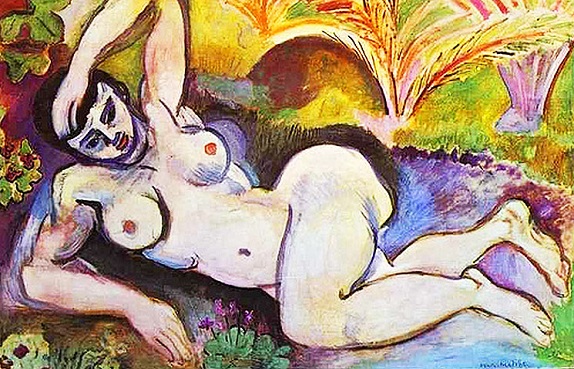 |
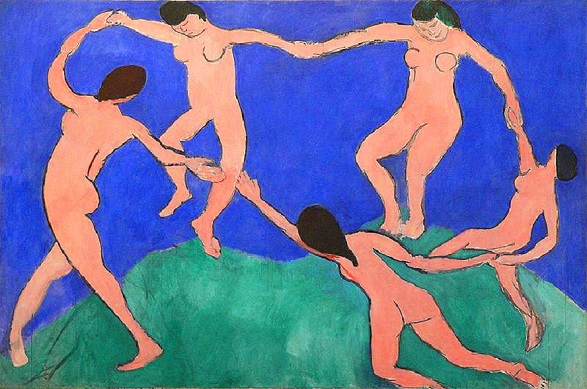 |
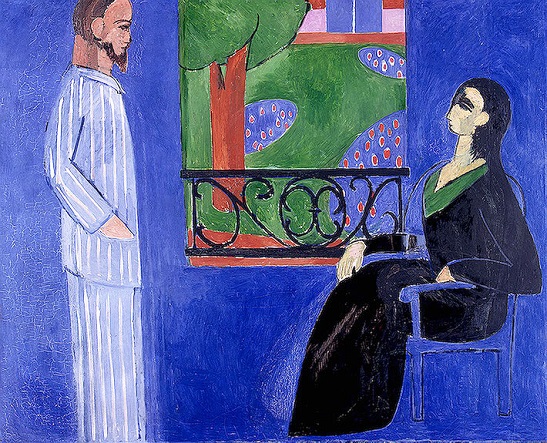 |
|
C U B I S M
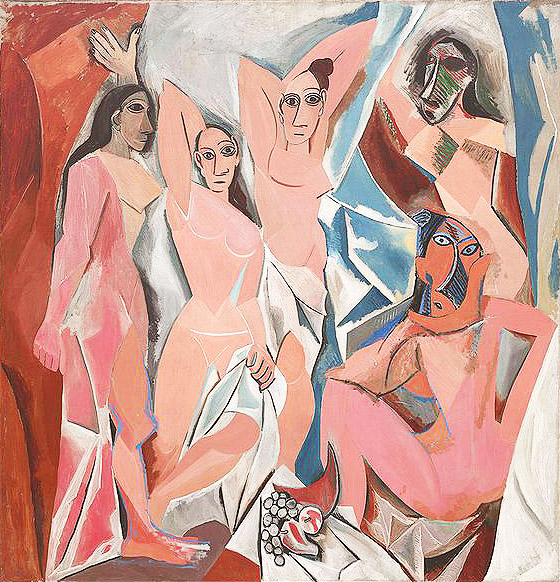
Pablo Picasso - Les Demoiselles d'Avignon (1907)
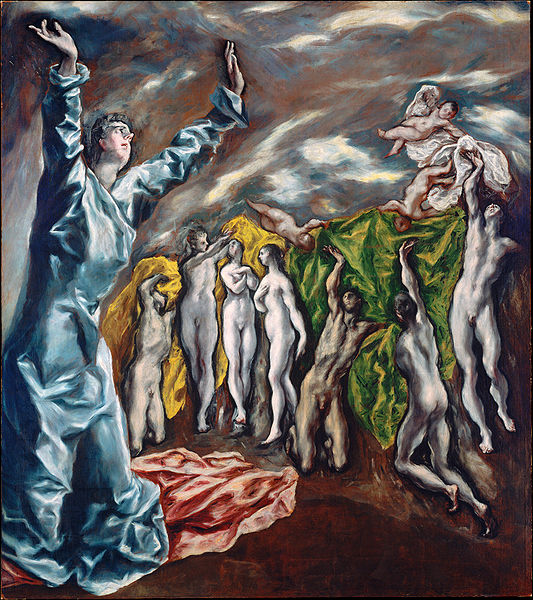
The
Opening of the Fifth Seal by El Greco (1614)
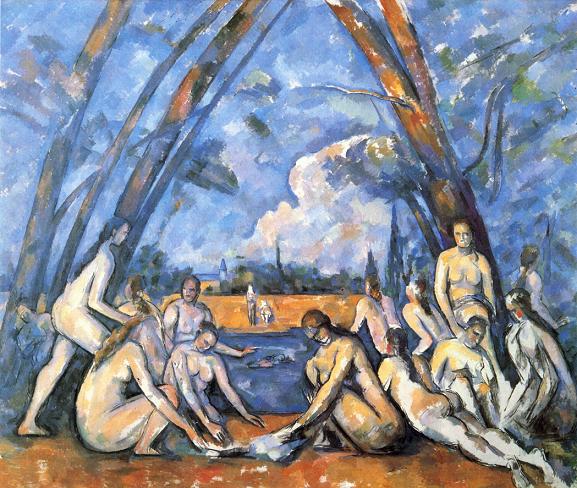
The
Bathers by Paul Cézanne (1905)
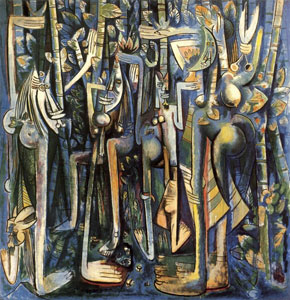
Wifredo
Lam
(1902-1982)
He was a
Cuban artist who also inspired Picasso, and was inspired by
Afro-Cuban culture. |
|
FUTURISM & MECHANISM
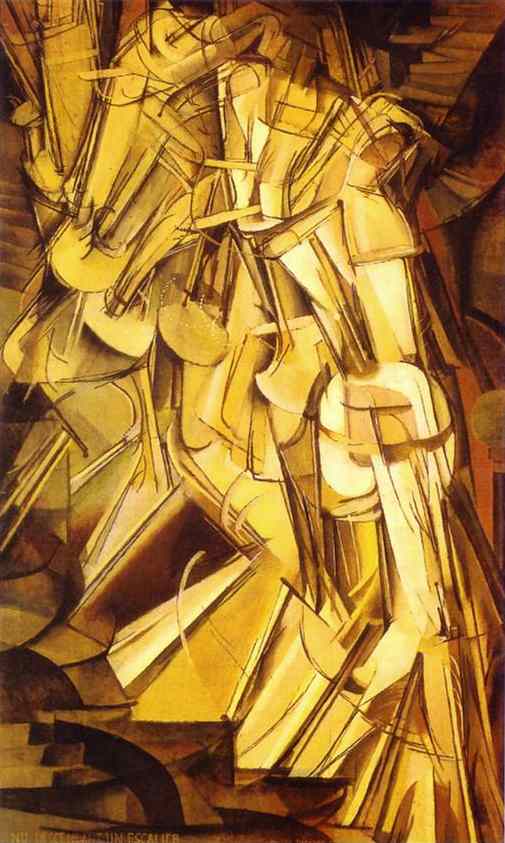
Marcel Duchamp, Nude Descending a
Staircase, No. 2 - 1912
|
|
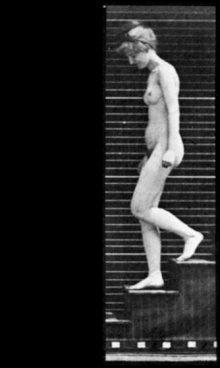 |
|
Metropolis - Fritz Lang
Full Movie with New Soundtrack |
Eadweard
Muybridge
Woman Walking Downstairs
1887
|
|
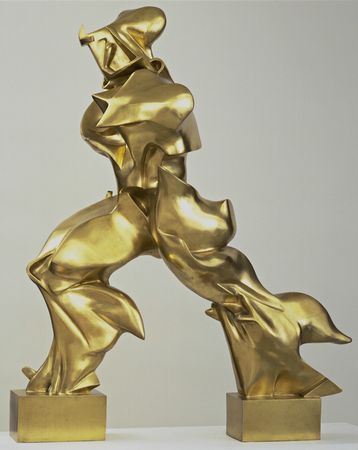
Umbero Boccioni - Unique Forms of
Continuity in Space - 1913
|
|
DADA & SURREALISM
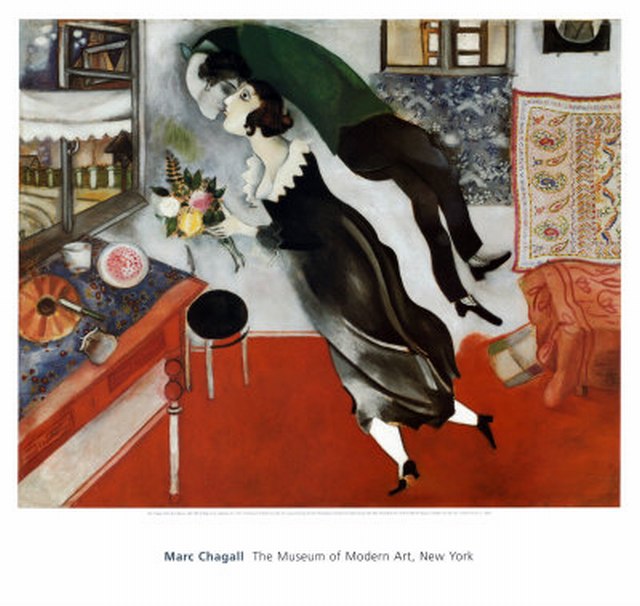
Dali / Max Ernst
Yves Tanguy (1900-1955)
Giorgio De Chirico
|
|
|
|
|
D A D A 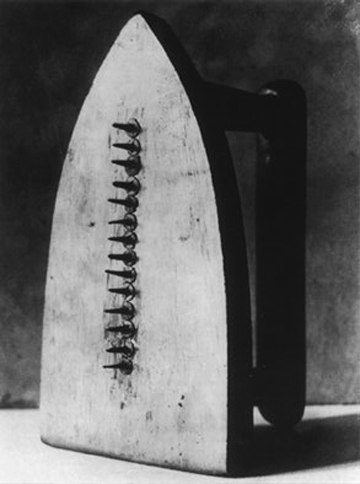
|
|
Dada began in Zurich, Switzerland in 1916.
It was a reaction against World War I. They
saw people as psychological - not logical.
They were anti-war, anti-logic,
anti-bourgeois, and anti-customs. Key
figures were: Hugo Ball, Emmy Hennings, Hans
Arp, Raoul Hausmann, Hannah Höch, Johannes
Baader, Tristan Tzara, Francis Picabia,
Richard Huelsenbeck, Georg Grosz, John
Heartfield, Marcel Duchamp, Beatrice Wood,
Kurt Schwitters, and Hans Richter. The
movement influenced later styles like
avant-garde, surrealism, pop art, and
performance art. |
POP ART

History of Pop Art
Roy Lichtenstein
|
|
Abstract Expressionism and
Surrealism
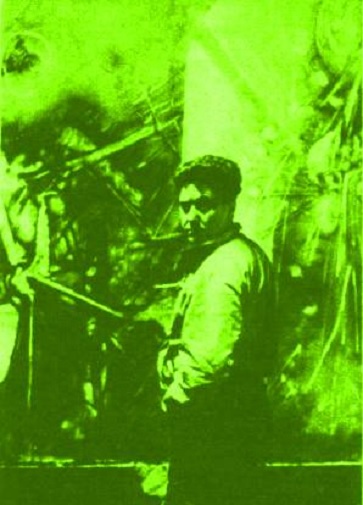
Roberto Matta
(1911 – 2002)
Roberto Matta was a
painter and architect from Chile, and a leading figure in
20th century abstract expressionist and surrealist art.
World Skin
(1997), Maurice Benayoun's Virtual Reality
Interactive Installation
|
|
|
Media Art
Rockit by Herbie Hancock - (Robotics by Jim Whiting)
This was one of the first videos of an
African American artist on MTV. It won five MTV Video Music
Awards in 1984 - including Best Concept Video and Best
Special Effects. Hancock only appears as an image on a
television - which is smashed at the end.
The media art genre encompasses works that
were made using various technologies from mass media like:
TV, videos, video games, computer graphics, and robotics. It
includes conceptual art, performance, and installation.
Music and Modernism
Prokofiev, Piano Concerto No. 3 - Mov 1
(Martha Argerich)
|
HARLEM RENAISSANCE
PowerPoint Presentation |
|
Harlem Renaissance
ART |
1919 - 1930s
Harlem Renaissance |
PLURALISM
Cultural pluralism is the coexisting of
diverse cultures in a community.
Contemporary art is an example of cultural
pluralism because diverse styles exist
side-by-side, and the art of diverse
cultures are accepted as legitimate.
|
|
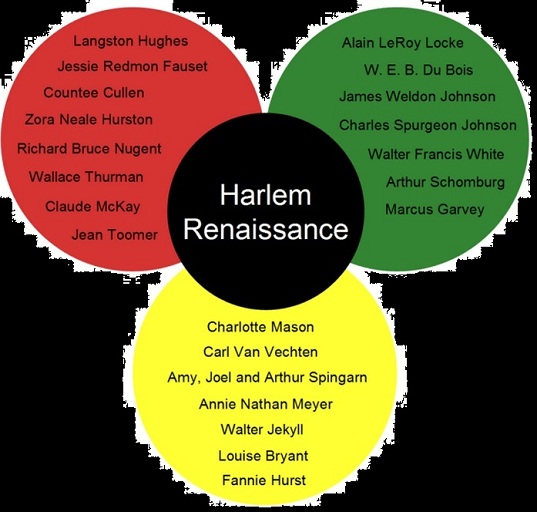
Patrons
Writters
Intellectual |
|
|
A R T |
| JACOB LAWRENCE
Jacob
Lawrence (1917 – 2000) is one the
best-known African American painters. His
Migration Series
depicts the migration of African Americans
from the rural South to the urban North.
|
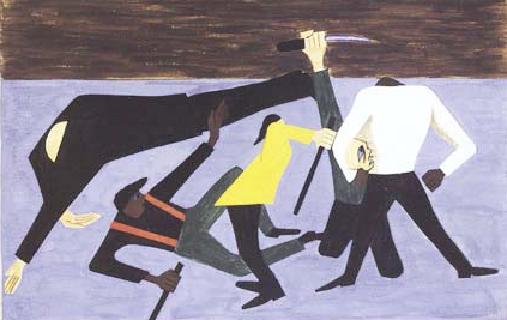
|
|
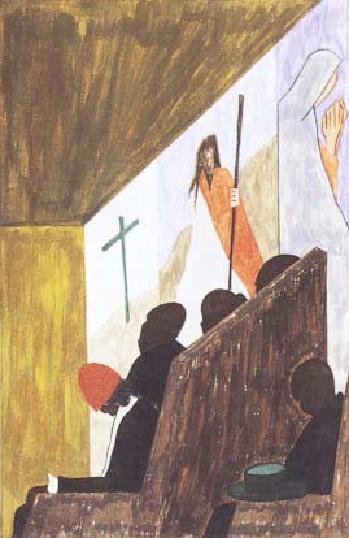
|
|
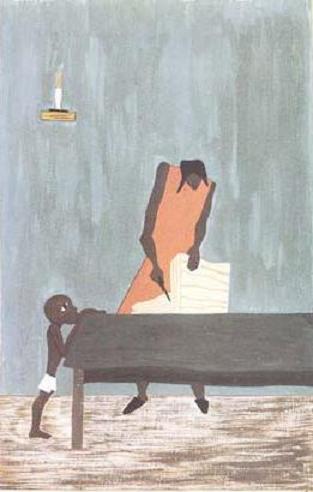 |
|
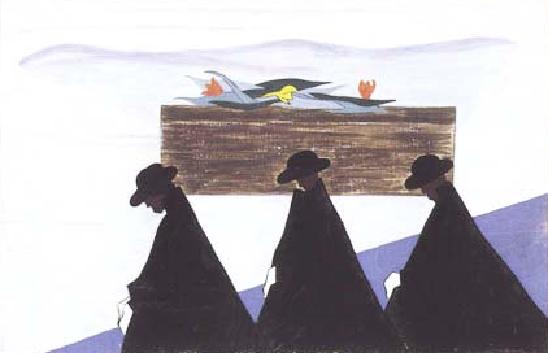
|
|
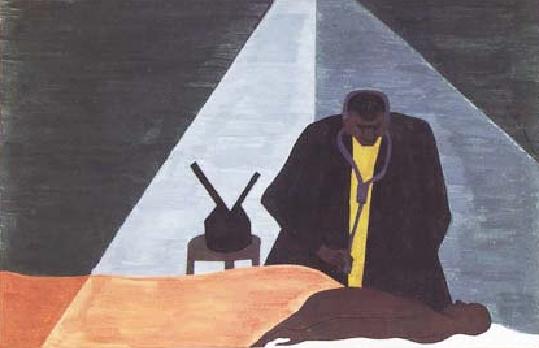
|
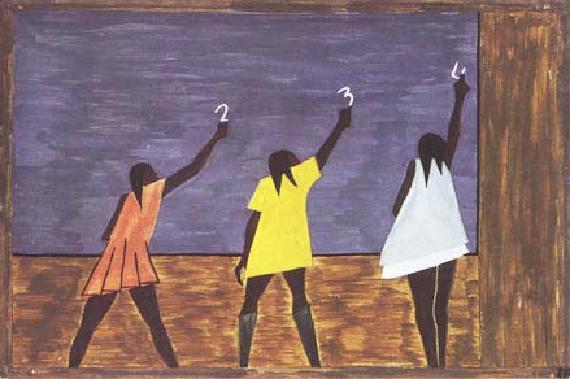 |
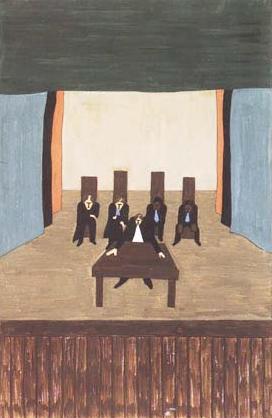 |
 |
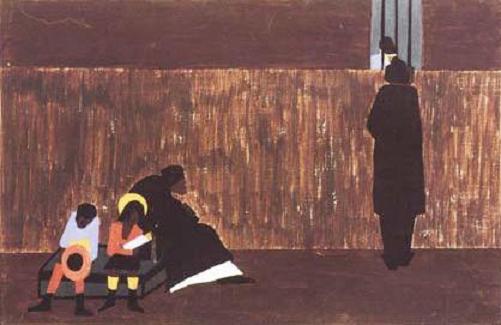 |
 |
|
CHARLES HENRY ALSTON
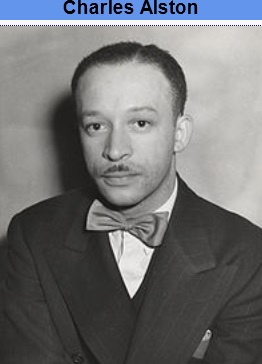
Charles Henry Alston (1907 – 1977)
He
was an African American artist, muralist, and
teacher.
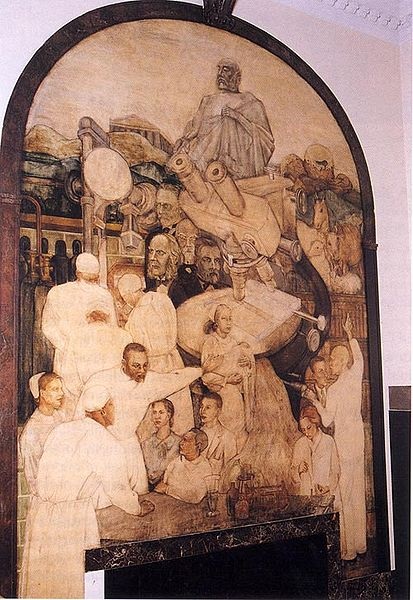
|
|
Romare Bearden
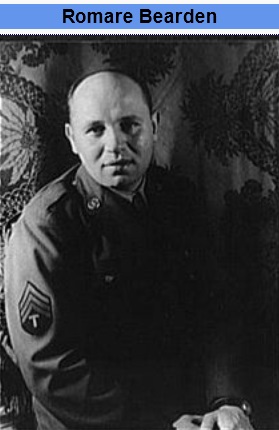
Romare Bearden (1911 – 1988)
Bearden was an
African- American artist and writer.
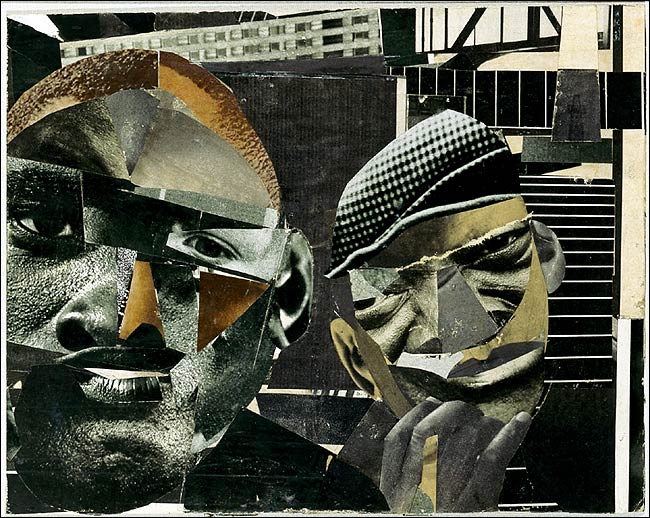
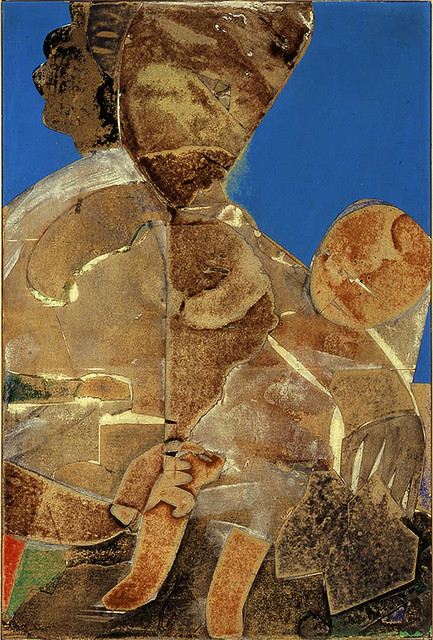

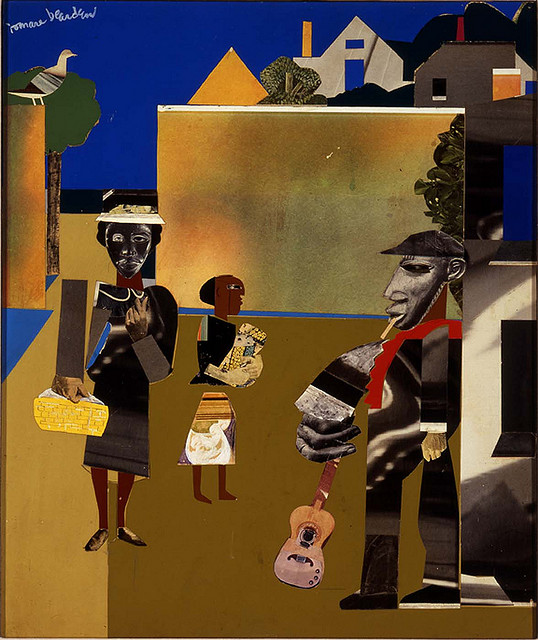
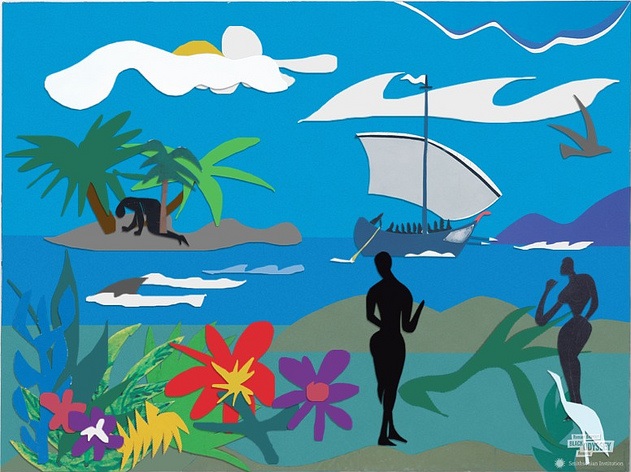
|
|
Aaron Douglas
(1899 – 1979)
VIDEO SLIDE SHOW |
|
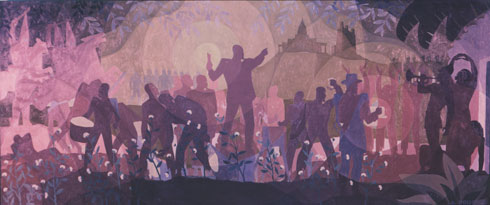
Aaron
Douglas, Aspects of Negro Life 1934, Commissioned by
the US Government |
|
|
|
Archibald John Motley,
Jr
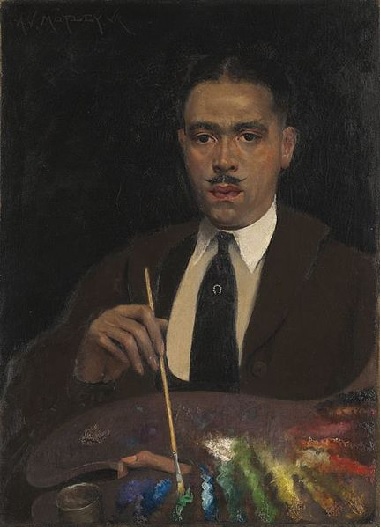
Archibald John Motley, Jr (1891-1981)
VIDEO |
|
Lois Mailou Jones
Lois Mailou Jones (1905 – 1998) was
a teacher and painter.
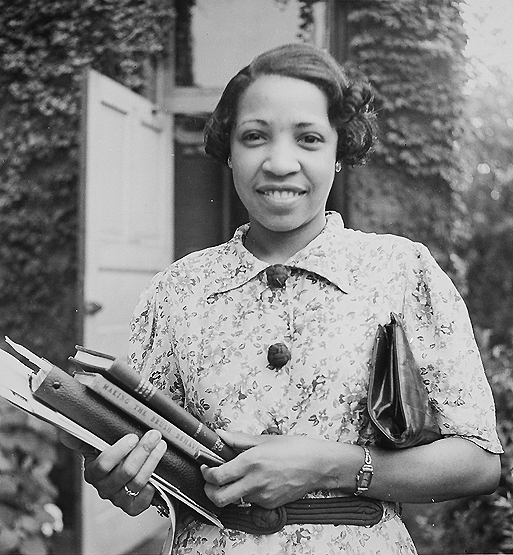
VIDEO |
Explore |
|
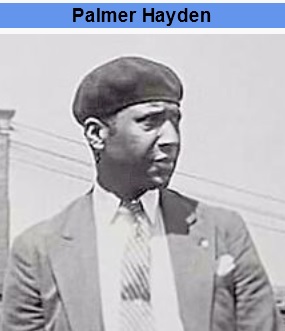
Palmer Hayden
Palmer C. Hayden (1890 – 1973) was a
prolific African American painter.
VIDEO |
|
William Henry Johnson
William Henry Johnson (1901–1970) was an
African American painter.
|
|
Norman Lewis
Norman W. Lewis (1909 –
1979)
African-American abstract expressionism painter, scholar, and teacher
|
|
Prentiss Taylor
Prentiss Taylor (1907 - 1991)
American illustrator, lithographer, and painter in the Harlem
Renaissance.
Taylor illustrated many of Langston Hughes publications.
|
|
LITERATURE |
|
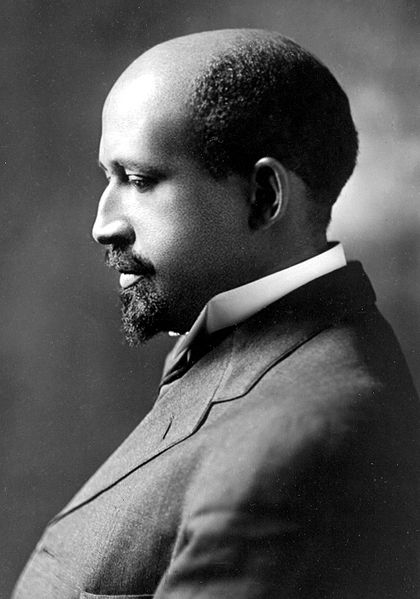 |
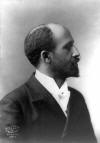 |
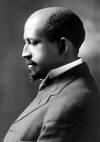 |
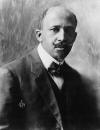 |
|
W. E. B.
Du Bois (1868–1963)
William Edward
Burghardt Du Bois
|
|
|
Du Bois
was a civil rights activist, sociologist,
historian, economist, author, and editor. He was the
first African American to graduated from
Harvard where he earned a PhD
in History. He was a professor of history
and economics at Atlanta University.
Du Bois was the head of the NAACP (National
Association for the Advancement of Colored
People), and the editor of the NAACP's journal The Crisis. He rose to national attention
with his book
The Souls of Black
Folk
where he argued
against Booker T. Washington, and the
Atlanta compromise. Washington argued that confrontation
would lead to disaster; that cooperation
with whites was the only way out of racism
while Du Bois
advocated activism to achieve civil rights.
The Jim Crow laws, from
the 1870s to 1965, mandated segregation in Southern
restrooms, restaurants, drinking fountains,
the military, and federal workplaces.
In 1895
Booker T. Washington struck a deal called
the Atlanta compromise. Southern blacks
would submit to segregation; in return
whites would fund black vocational schools.
This funding supported the Tuskegee Institute where African Americans
were educated to teach trades and agriculture.
Booker T. Washington was the head of the
school while George Washington Carver was
its leading scientist.
This meant
that African Americans would be locked out
of white universities - something that
Washington accepted, but Du Boise argued
against. Du Bois wanted African Americans to
have the same liberal arts education,
voting, and legal rights as whites.
Washington believed in a slow approach with
a practical education.
|
|
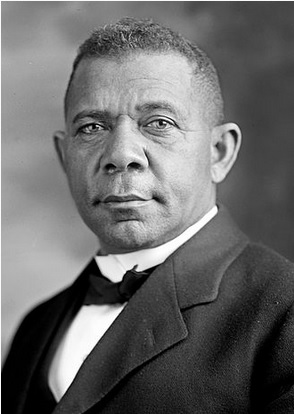
Booker T. Washington, 1905
Read
Up from Slavery: An
Autobiography by Booker T.
Washington.
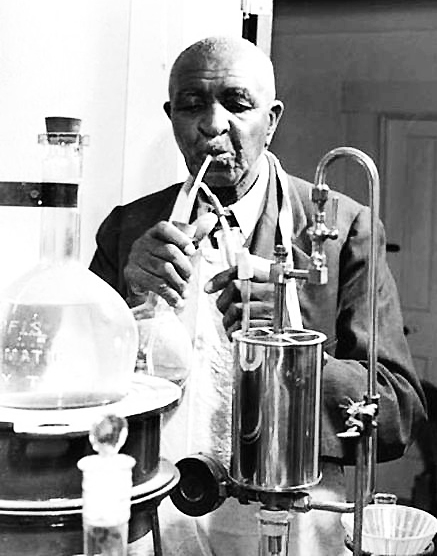
George
Washington Carver (c. 1860–1943)
Carver was
an American botanist and inventor. The exact
day and year of his birth are unknown; he
was born into slavery. He developed hundreds
of products made from peanuts and other
foods: including cosmetics, dyes, paints,
plastics, gasoline, nitroglycerin,
adhesives, axle grease, bleach, buttermilk,
chili sauce, fuel briquettes (a biofuel),
ink, instant coffee, linoleum, mayonnaise,
meat tenderizer, metal polish, paper,
plastic, shaving cream, shoe polish,
synthetic rubber, talcum powder and wood
stain. In 1941, Time magazine dubbed Carver
a "Black Leonardo".
|
Books by
W. E. B.
Du Bois
|
|
|

Langston Hughes
James Mercer Langston Hughes (1902 – 1967)
was an African American poet, novelist, playwright, short
story writer, and columnist during the Harlem Renaissance.
Poetry of Langston Hughes
|
|
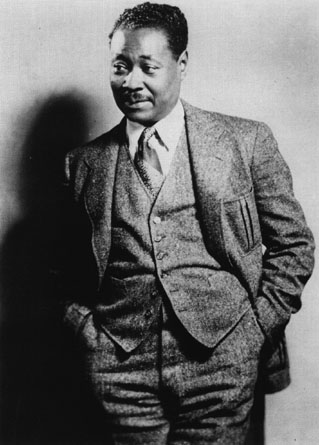
Claude McKay
Claude McKay (1889 – 1948) was a Jamaican
writer and poet. During the Harlem Renaissance McKay
wrote: Home to Harlem (1928), a best-seller, Banjo (1929),
and Banana Bottom (1933). McKay also authored a collection
of short stories, Gingertown (1932), and two
autobiographical books, A Long Way from Home (1937) and
Harlem: Negro Metropolis (1940). His book of poetry, Harlem
Shadows (1922) was among the first books published during
the Harlem Renaissance. His book of collected poems,
Selected Poems (1953), was published posthumously.
If We Must Die
John F. Kennedy misquoting Dante when he said, "The hottest
places in hell are reserved for those who in times of great
moral crisis maintain their neutrality", (24 June 1963).
|
|
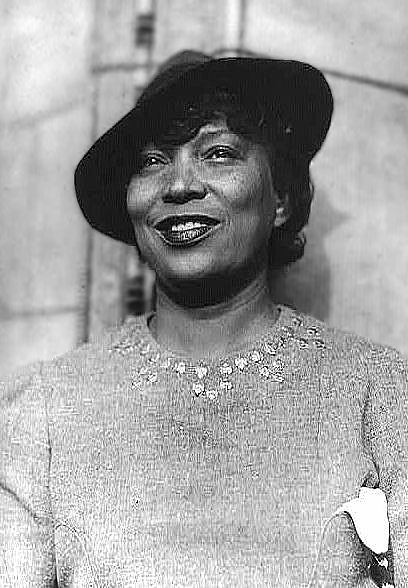
Zora
Neale Hurston
Zora Neale Hurston (1891-1960) was an
author, folklorist, anthropologist, and folklorist. She won
the Charles MacArthur Award for Outstanding New Musical Mule
Bone. She wrote four novels, and over 50 short stories,
plays, and essays. Hurston is best known for her novel Their
Eyes Were Watching God.
She received an education from Columbia University, Barnard College, Howard
University, and Morgan State University.
|
|
MUSIC
Swing Dancing Today
Harlem's Savoy Ballroom
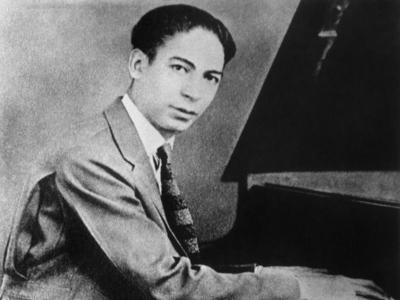
Jelly Roll Morton
Ferdinand Joseph LaMothe (1890 – 1941) was an
American ragtime and early jazz pianist. Morton's career
started in New Orleans, Louisiana. He claimed to have
invented jazz in 1902, and although "Jelly
Roll Blues" was the first published jazz composition, in
1915, this claim is in dispute.
Finger Breaker
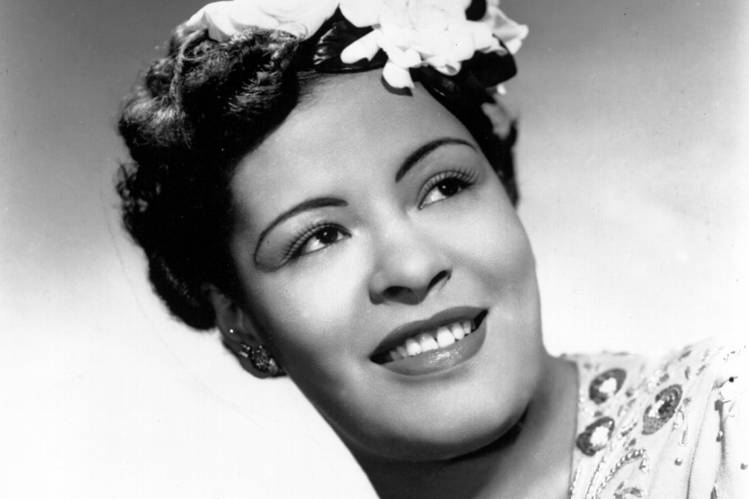
Billie Holiday
Billie Holiday (born
Elinore Harris; 1915–1959) was an African American jazz
singer and songwriter during the Harlem Renaissance. Critic
John Bush wrote that she "changed the art of American pop
vocals forever."
Several of her songs are
jazz standards:
God
Bless the Child,
Fine and Mellow,
Strange Fruit.
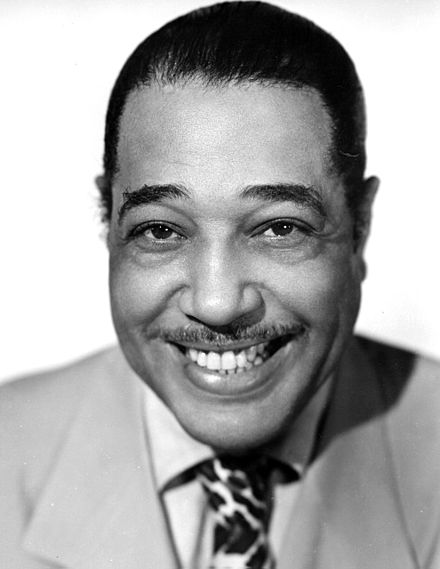
Duke Kennedy
Edward Kennedy "Duke"
Ellington (1899 – 1974) was an African American composer,
pianist, and big band leader during the Harlem
Renaissance. His received the Pulitzer Prize in 1999.
Duke Ellington and John Coltrane - In
a Sentimental Mood
It Don't Mean a Thing
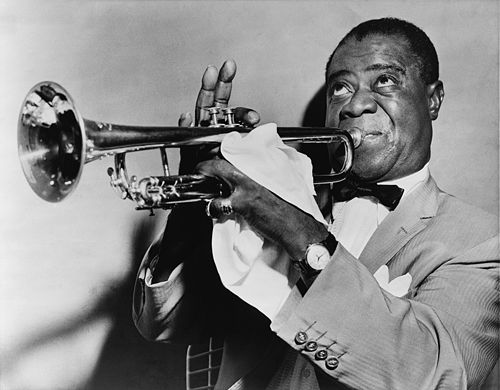
Louis Armstrong
Louis Daniel Armstrong
(1901 – 1971) was an African American jazz trumpeter and
singer from New Orleans.
What a Wonderful World
Fletcher Henderson
Fletcher Hamilton
Henderson, Jr. (1897 – 1952) was a prolific African
American pianist and composer during the Harlem Renaissance.
Stealin' Apples
Ethel Waters
Ethel Waters (1896 – 1977)
was an African American blues and jazz singer and actress
during the Harlem Renaissance. She was nominated for an
Academy Award.
Stormy Weather
|
|
In 1929 the stock
market crash. It was the beginning of the Great Depression,
and the beginning of the end of the Harlem Renaissance.
|
|
Georgia O'keeffe
Georgia O'Keeffe (1887 –
1986) was an American artist. She was married to Alfred
Stieglitz - the founder of Straight Photography. She played
an important role in bringing American art to Europe. She
was inspired by the landscapes of New Mexico.
VIDEO
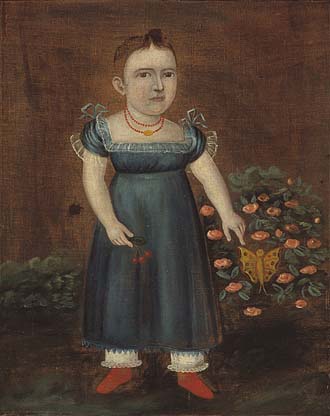
Joshua Johnson - Portrait of Adelia Ellender,
c. 1830-1832
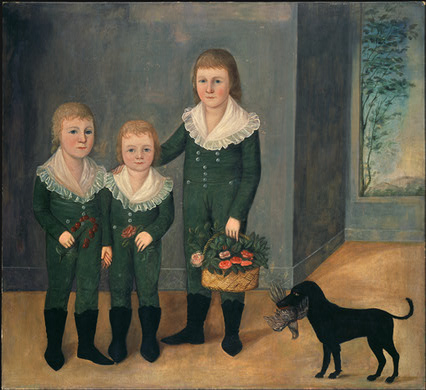
Joshua Johnson, The Westwood Children, c.
1807
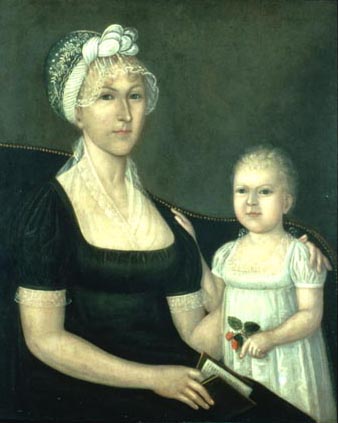
Mrs. Abraham White and
Daughter Rose, c. 1808
ART GALLERY
Mask from Around the World
African ART
Jean-Michel Basquiat
Romare Bearden
-
Foundation Site
LOIS MAILOU JONES
GOLDENEYE ART GALLERY
African American Music
B. B King the Thrill is Gone
Jamie Foxx - Brady Bunch
Herbie Hancock - Jazz Fusion Cantelope
Island
):(
Native American Music
Rhythm of the Heart - Native American - Buffalo - Plains
- Sioux
Native American Indian
tatanka-manantial
):(
Latino Art
Gipsy Kings - Un Amor
Gipsy Kings - Djobi Djoba
Bamboleo - Gipsy Kings
Santana Soul Sacrifice
Santana - Smooth
Chick Corea on LEGENDS OF JAZZ
Tito Puente Mambo Birdland
PACO DE LUCIA
, John McLaughlin , AL DI MEOLA
Paco de Lucia - Entre dos aguas
(1976)
www.youtube.com/watch?v=C1CRJ5rx7Z4
Nuyorican Poets Cafe
Miguel Piñero (1946 –
1988) was a Puerto Rican playwright and actor. Along
with Miguel Algarín he founded of the
Nuyorican Poets Cafe - ("New York-Puerto Rican") Poets
Cafe.
|
|
|
|

